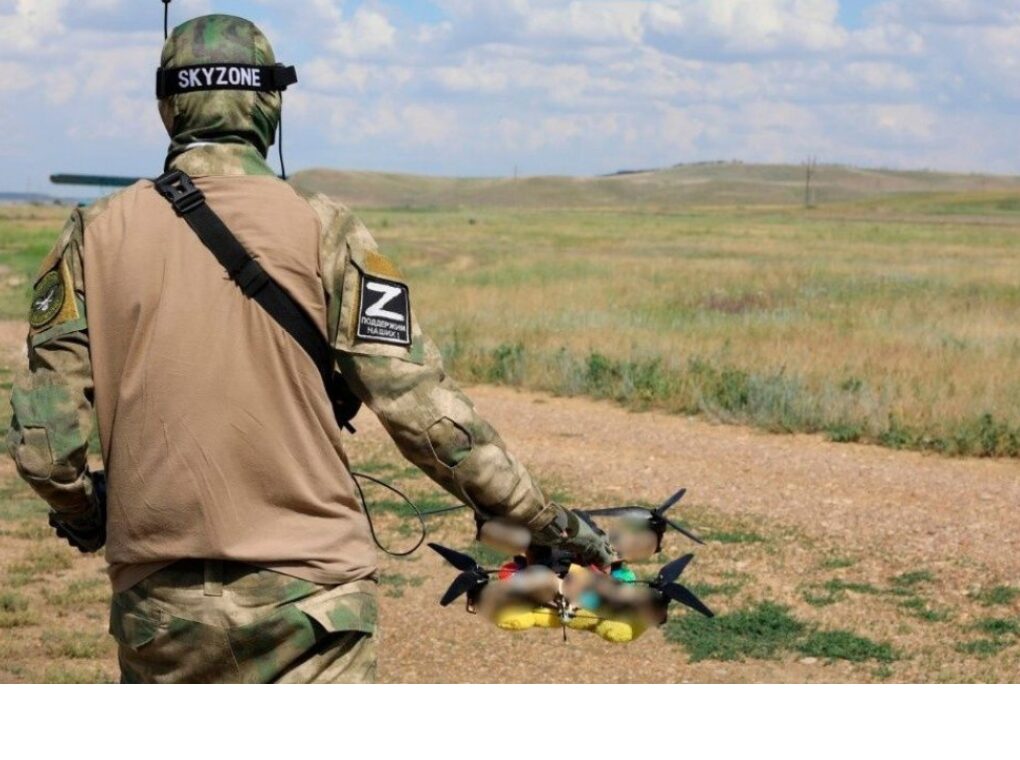Russia has significantly reduced its reliance on Iran to sustain its war in Ukraine, marking a pivotal shift in the Kremlin’s military supply chains and strategic alliances. According to experts, domestic drone production and growing support from China and North Korea have allowed Moscow to maintain its offensive despite Tehran’s current vulnerabilities.
The development follows a brief but intense conflict between Israel and Iran, during which Israeli and U.S. strikes reportedly crippled key parts of Iran’s military and nuclear infrastructure. While the ceasefire between the two Middle Eastern adversaries has held, Tehran’s defense and weapons manufacturing capacity—especially drones and missiles—has suffered substantial setbacks.
From Dependence to Self-Sufficiency
At the outset of the Ukraine war, Iran provided Russia with the Shahed-136 kamikaze drones, known locally in Russia as the Geran-2. These drones became central to Russia’s long-range strike campaigns, targeting Ukrainian infrastructure and urban centers. But after receiving the necessary blueprints and technical training from Iran, Russia has since localized drone production in its Alabuga Special Economic Zone.
Not only has domestic production surged, but Russian engineers have reportedly modified and improved the Iranian designs—enhancing drone engines, warheads, and resistance to electronic countermeasures.
Missile cooperation has seen a similar decline in relevance. Although Russia obtained Iranian Fath-360 missiles last year, it has not deployed them in Ukraine. With an estimated 13,000 missiles stockpiled and the capacity to produce 200 more each month, Moscow shows no signs of needing further Iranian missile support.
China and North Korea Fill the Gap
As Iran’s capacity dwindled, Russia shifted its attention to more robust and stable suppliers. North Korea emerged as a key partner in 2023, delivering munitions, missiles, and even reportedly dispatching personnel to support Russian operations. The relationship was publicly celebrated during Russia’s Victory Day parade, where President Vladimir Putin embraced senior North Korean military leaders in a display of solidarity.
China, meanwhile, has become an indispensable partner in Russia’s defense industry, especially in the provision of dual-use technologies and drone components. Construction is underway on a joint Russian-Chinese logistics hub in Alabuga, signaling even deeper cooperation. New Chinese-supported drone models such as the Garpiya-A1 and Garpiya-3 are already in development.
Strategic Calculus in Flux
While Iran’s reduced capacity may sting diplomatically for Moscow—given the strategic partnership treaty signed in January—it has done little to stall Russia’s war machine. The Kremlin appears well-positioned to continue its summer offensive in Ukraine, bolstered by a diversified support network and robust domestic arms manufacturing.
The recent Israel-Iran conflict, however, has introduced new complexities. The swift and effective Israeli strikes exposed the vulnerabilities of Iran’s air defenses—an uncomfortable reminder for Russia, which has struggled to gain similar air superiority in Ukraine. Moreover, the uncertain status of Iran’s nuclear program and its stockpile of enriched uranium may further destabilize the region, impacting Russia’s broader geopolitical strategy.
U.S. Distraction, Russian Advantage
Amid these developments, the United States finds itself diplomatically and militarily entangled in the Middle East. Washington’s active role in the Israel-Iran conflict could reduce its bandwidth for pressuring Russia over Ukraine.
Analysts suggest that this shift in global attention may buy Putin more time to pursue his objectives on the Ukrainian front, without facing significant new Western constraints.
As the war grinds on, one thing is clear: Iran’s battlefield significance to Russia has waned. In its place, a new axis of military cooperation—with China and North Korea at its core—is reshaping the dynamics of the war in Ukraine and beyond.
